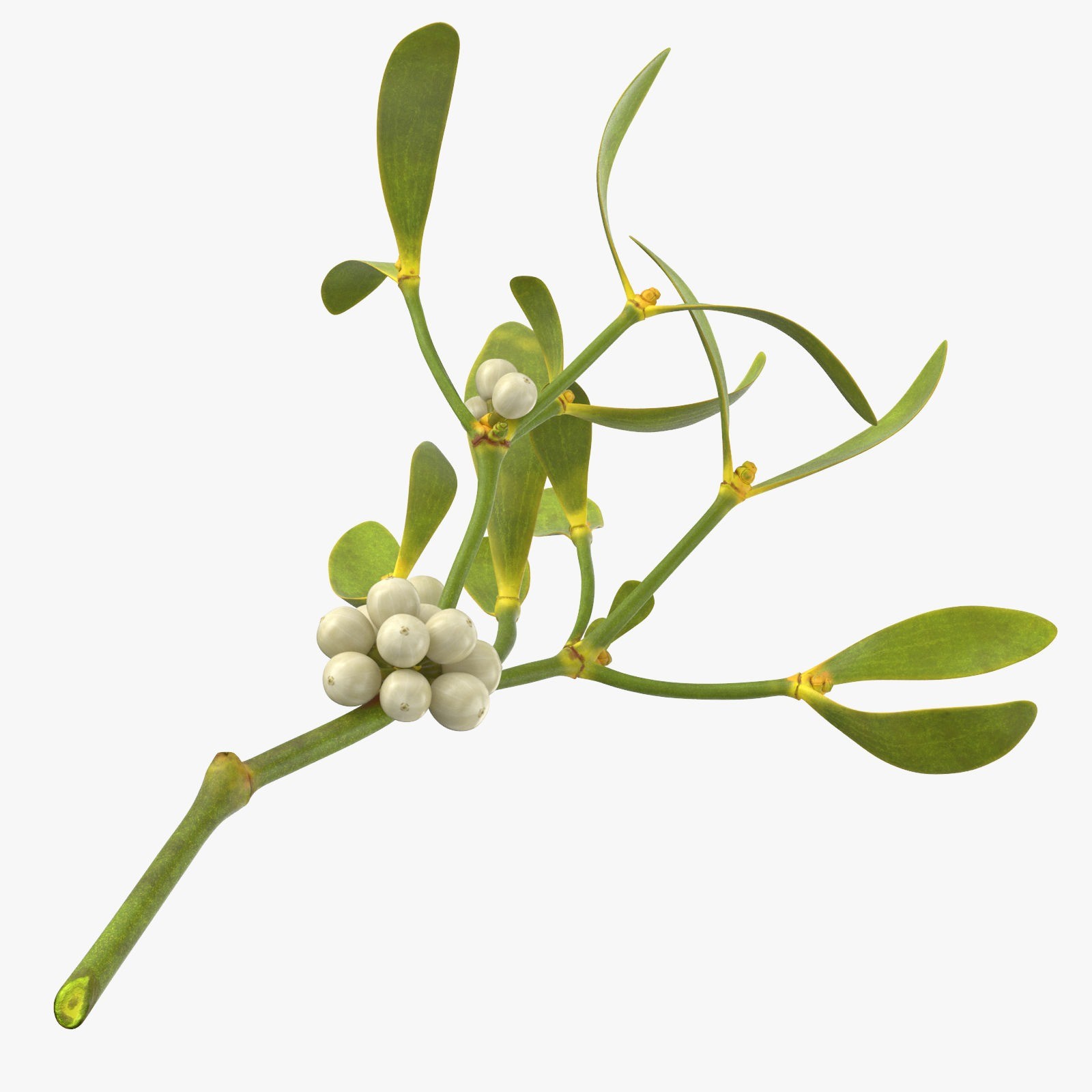White Mistletoe
Visci herba – White mistletoe herb
Viscum album L., Loranthaceae

Mistletoe is an evergreen, branching bush. The trunk is short, the branches are green and articulated. The leaves are oppositely arranged, sessile, egg-shaped, leathery, hard and green. The flowers are small and unisexual, and the fruit is a juicy berry, white in color when ripe.
Medicinal parts of the plant are young branches of white mistletoe (fresh or dried). In the aerial part of the white mistletoe, there are triterpene compounds, steroids, amines, heterosides of phenolic compounds, lignans and flavonoids, then alkaloids, sugars and mucus.

According to research, the cytostatic, antitumor effect of white mistletoe has been confirmed. The active principles of this plant also have an immunostimulating effect. Parenterally, in the form of injections, white mistletoe is used as an auxiliary tool in the treatment of certain tumors.
The cardioprotective effect of white mistletoe has also been confirmed. It has a beneficial effect on the work of the heart in people suffering from heart failure. It is used to relieve hypertension (high blood pressure) and in the prevention of atherosclerosis.
According to recent research, this plant also has an antidiabetic effect, by increasing the secretion of insulin from the beta cells of the pancreas.
References
- Viscum album L. extracts in breast and gynaecological cancers: a systematic review of clinical and preclinical research
- Cardioprotective effects of Viscum album L. ssp. album (Loranthaceae) on isoproterenol-induced heart failure via regulation of the nitric oxide pathway in rats
- Viscum album L. extract and quercetin reduce cyclophosphamide-induced cardiotoxicity, urotoxicity and genotoxicity in mice
- Protein Fractions from Korean Mistletoe (Viscum Album coloratum) Extract Induce Insulin Secretion from Pancreatic Beta Cells
